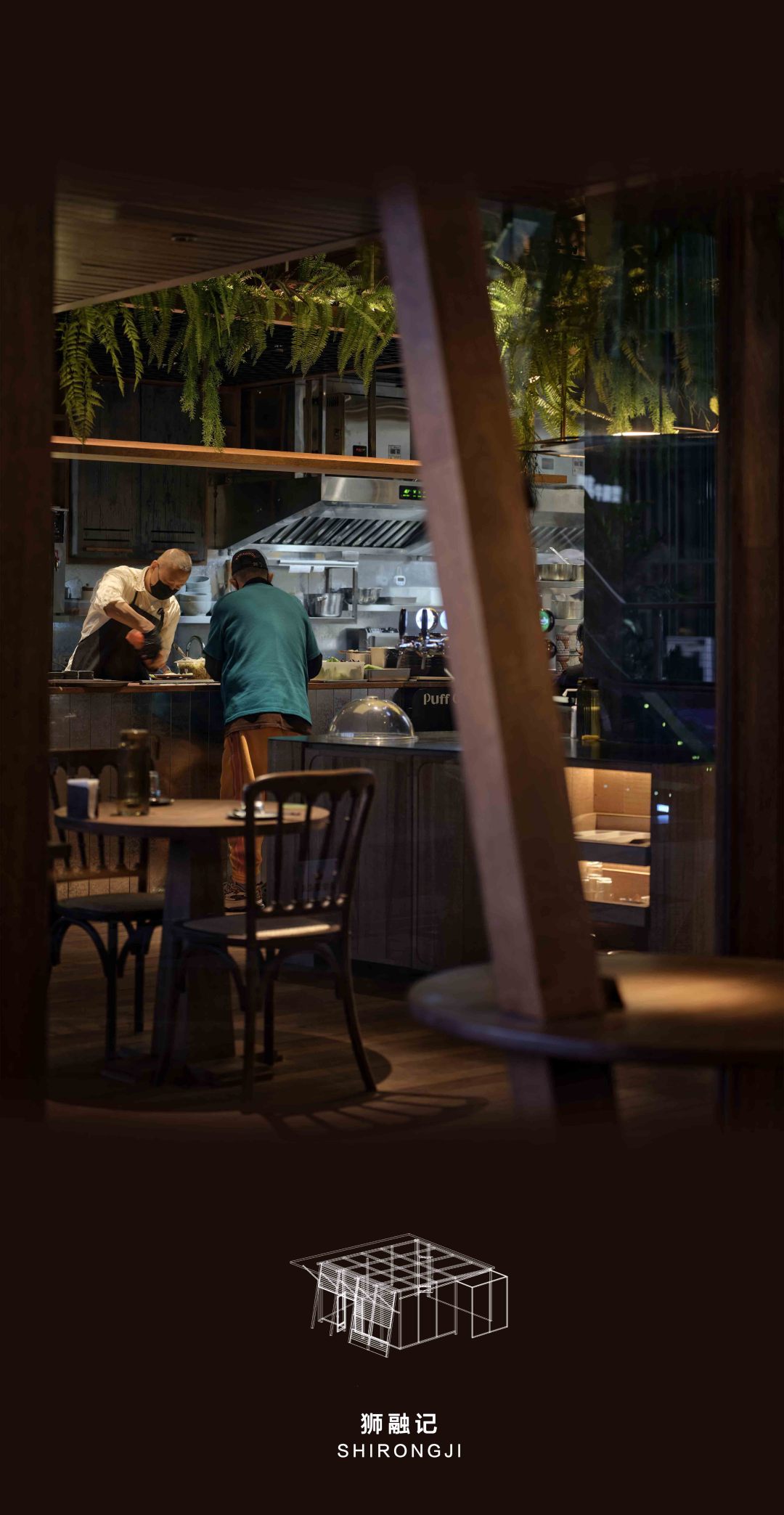
▼室內(nèi)一覽
overview of interior
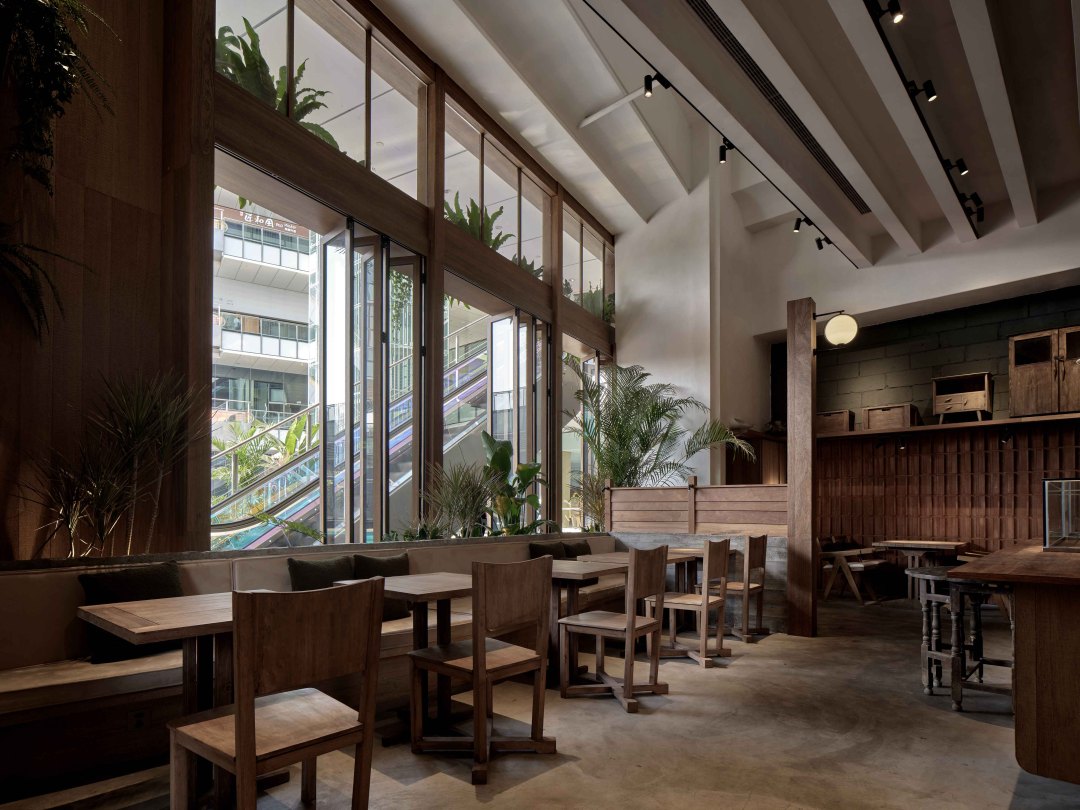
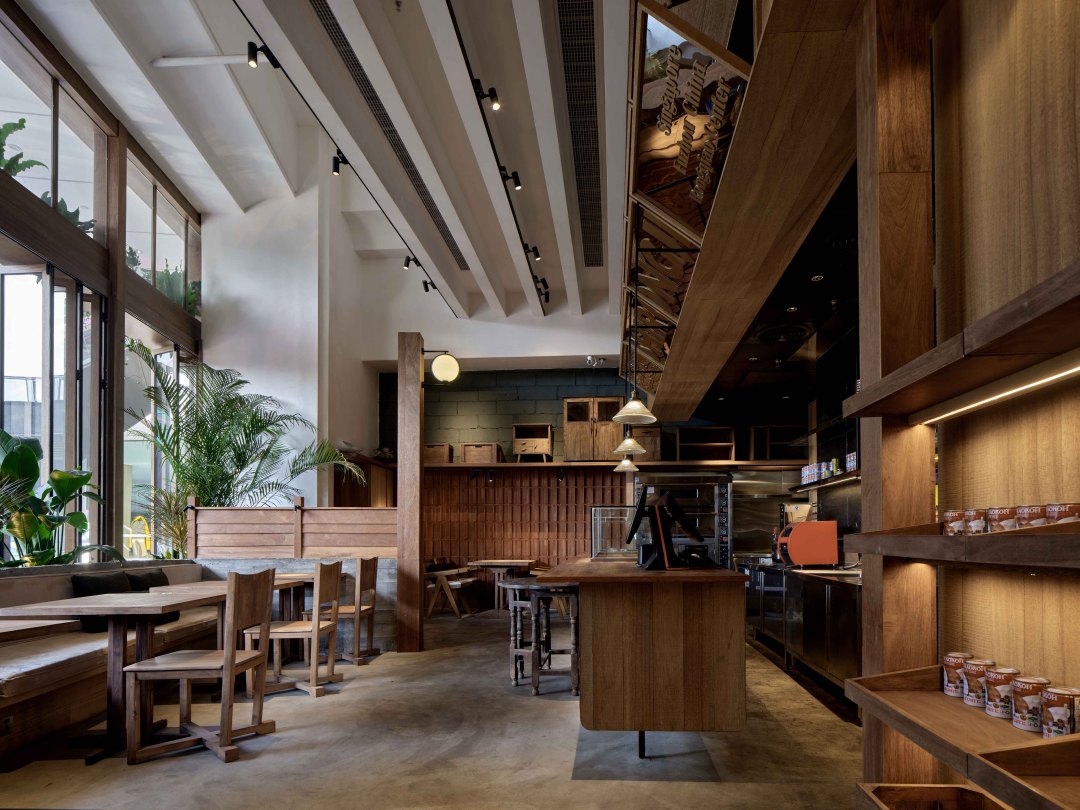
設(shè)計中充分利用原建筑層高上的優(yōu)勢,將區(qū)分不同區(qū)域的“路”,轉(zhuǎn)而置于天花板之上,利用材質(zhì)的變化疊加不同的層次,將用餐區(qū)與服務(wù)區(qū)隔開來的同時,讓整體空間開闊且具有段落感。
In the design, the advantage of the height of the original building is taken full advantage of, and the "road" that distinguishes different areas is placed on the ceiling instead. The change of material is used to overlay different levels. While separating the dining area and the service area, the whole space is open and has the sense of paragraphs.
▼收銀/蛋糕臺
overview of cash
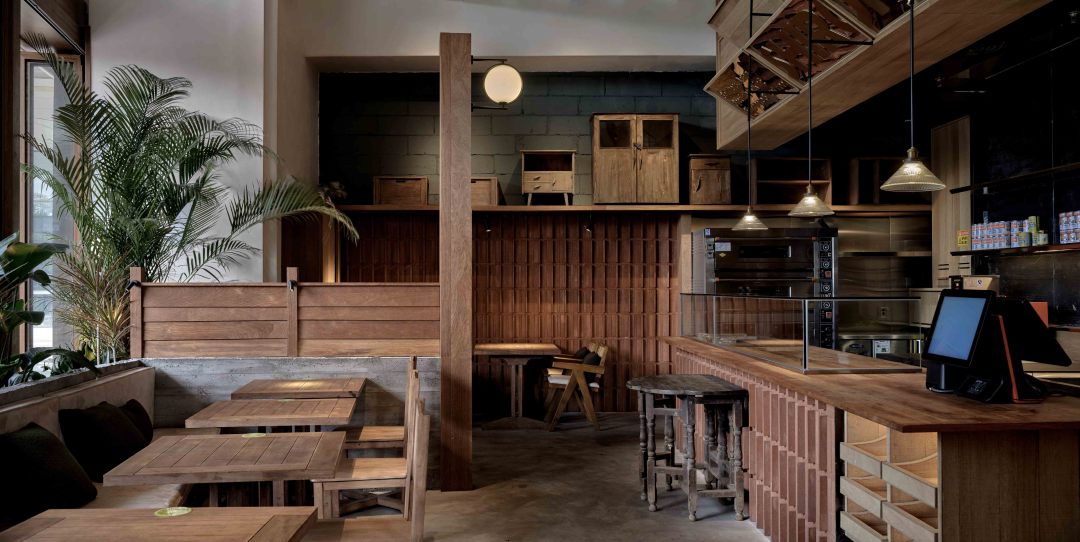
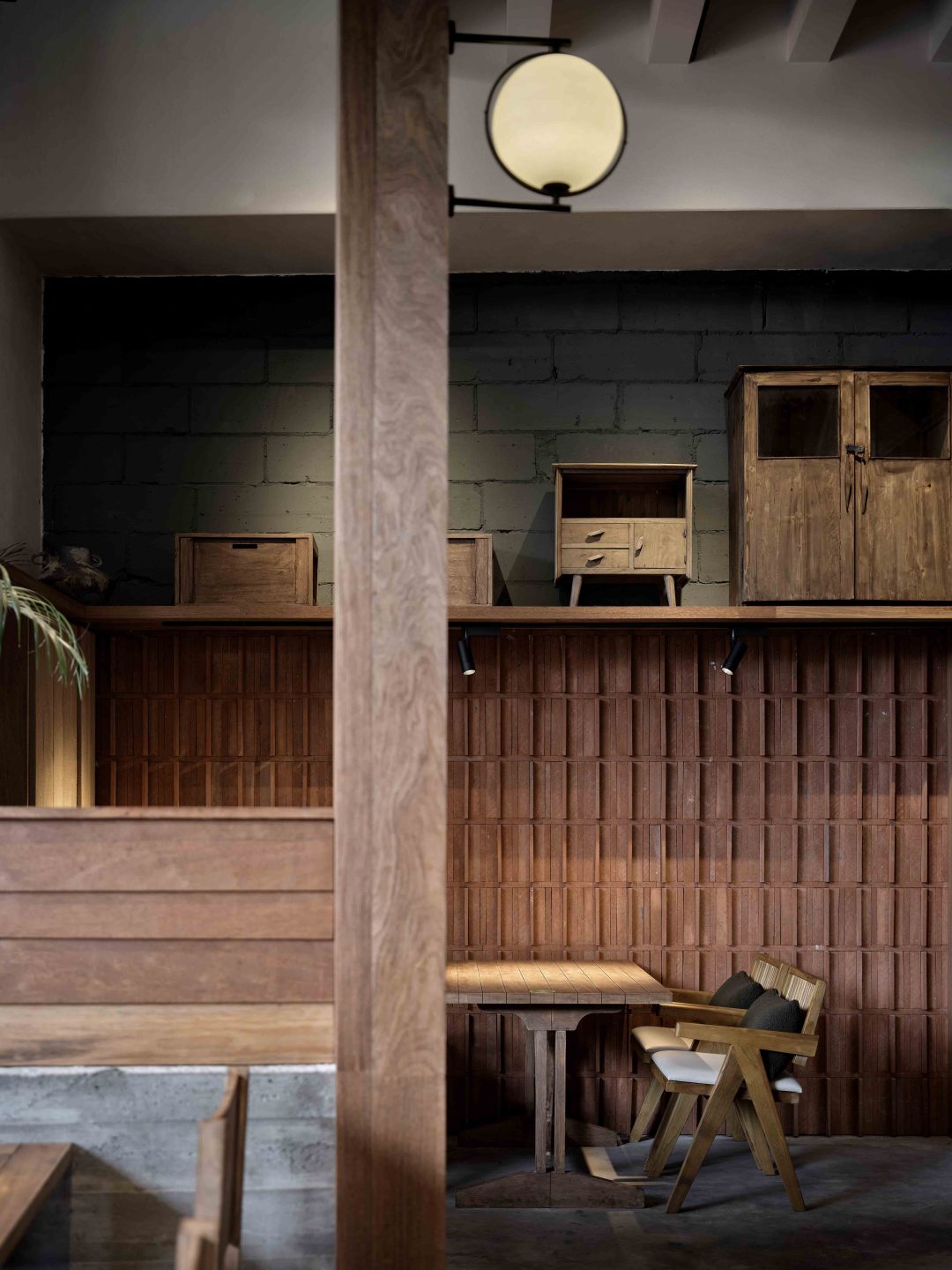
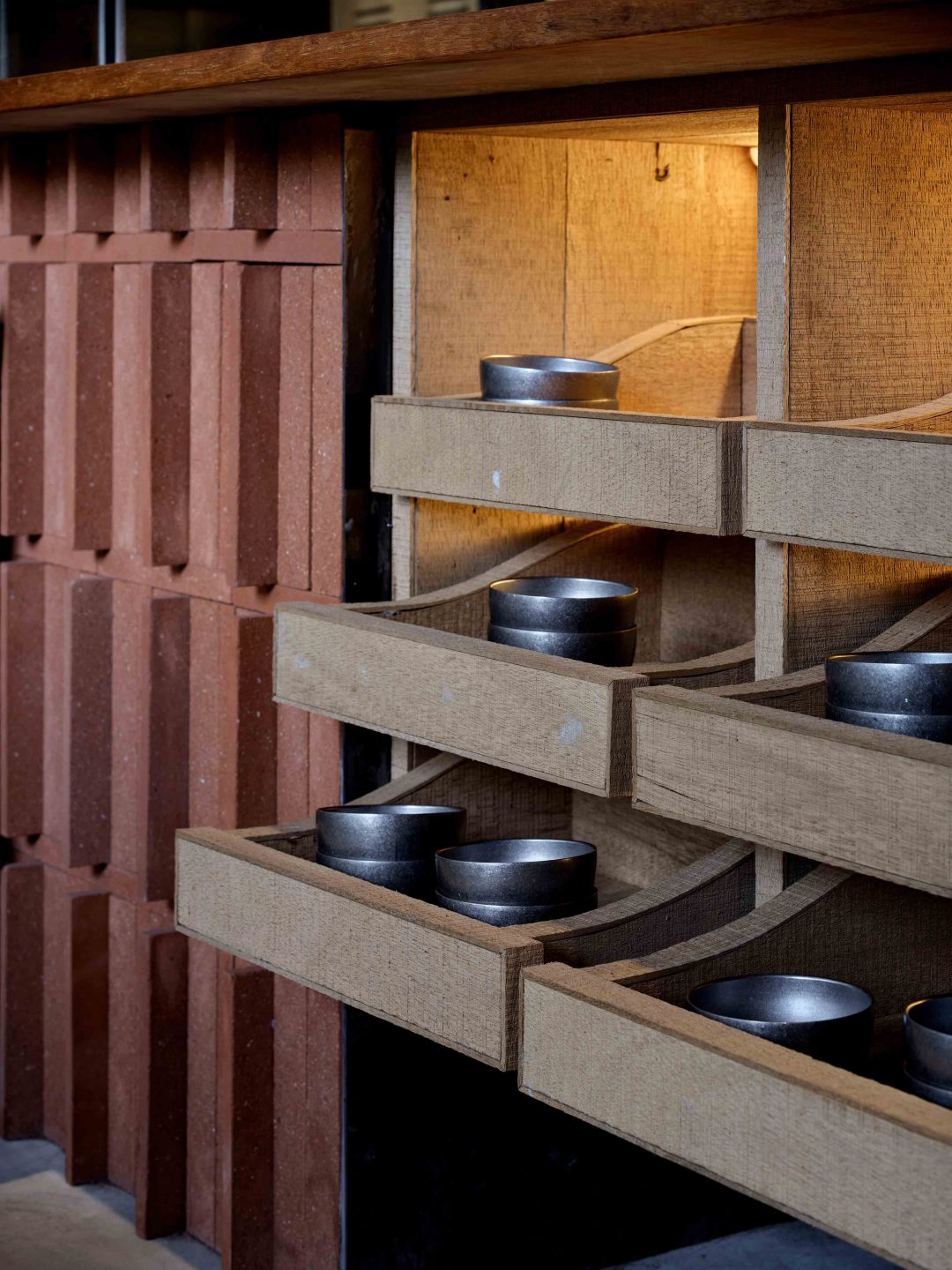
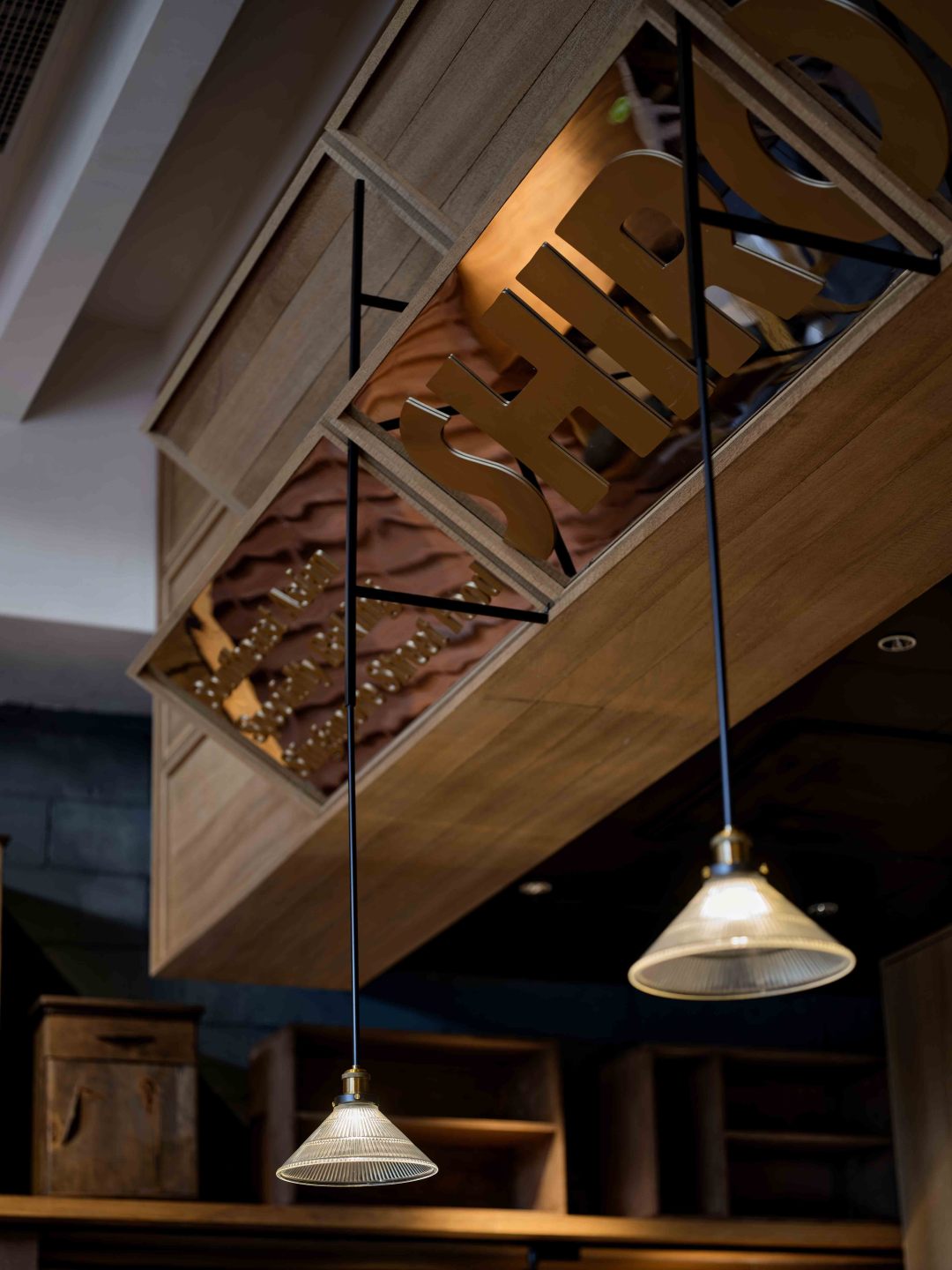
開放的島臺設(shè)置在整個空間的中心,集收銀、甜品展示功能為一體。以一種“弱區(qū)隔”的形式,形成空間的向?qū)В匀坏爻蔀榱朔?wù)區(qū)與用餐區(qū)柔和的“分割線”。同時進(jìn)一步打開了空間的自由度,空間的行為主體徹底讓渡于人本身。
空間中以柚木色為主色調(diào),木質(zhì)的低調(diào)沉穩(wěn)搭配上金屬鏡面反射,借由燈光蘊(yùn)暈,讓整個空間更為通透,營造出一種既森系又沉穩(wěn)的街頭休閑感。
The open island is set in the center of the whole space, integrating cashier and dessert display functions. In a form of "weak division", the guide of the space is formed, which naturally becomes the soft "dividing line" between the service area and the dining area. At the same time, the freedom of space is further opened, and the behavior subject of space is completely transferred to the human itself.
In the space, the teak color is the main color. The low-key and calm wood is combined with the metal mirror reflection. By the light, the whole space is more transparent, creating a sense of both forest and calm street leisure.
▼用餐卡座區(qū)
overview of booth
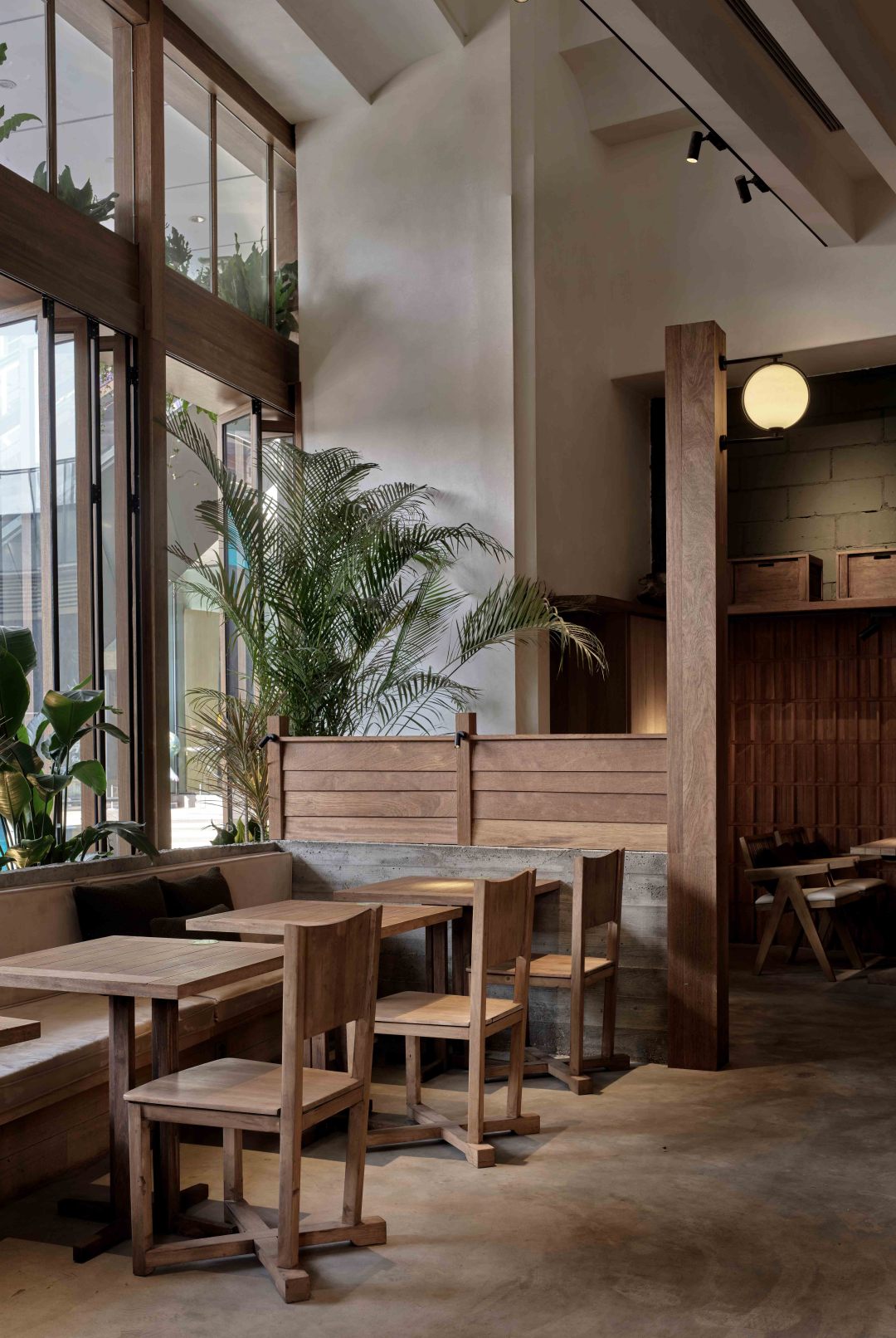
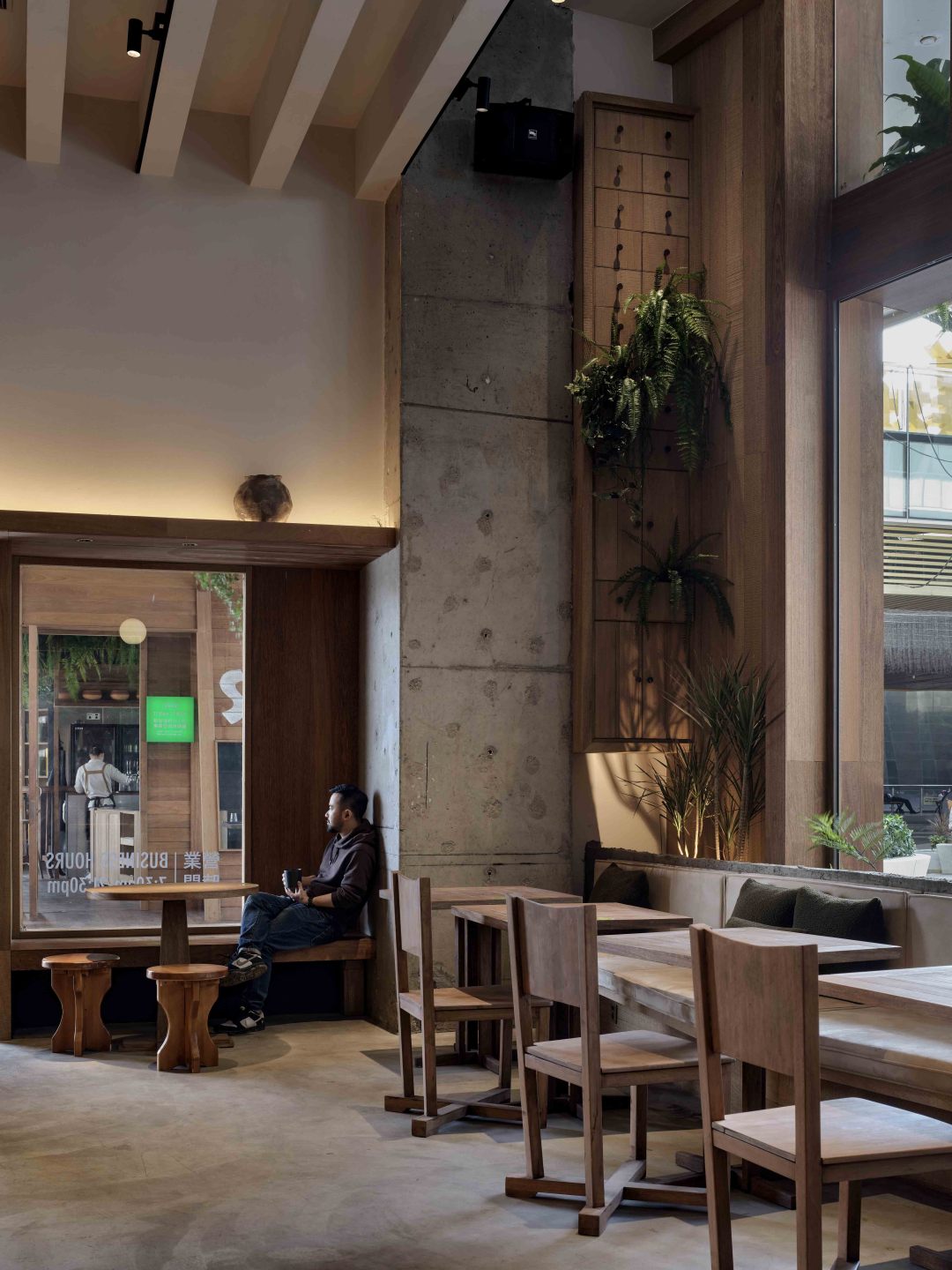
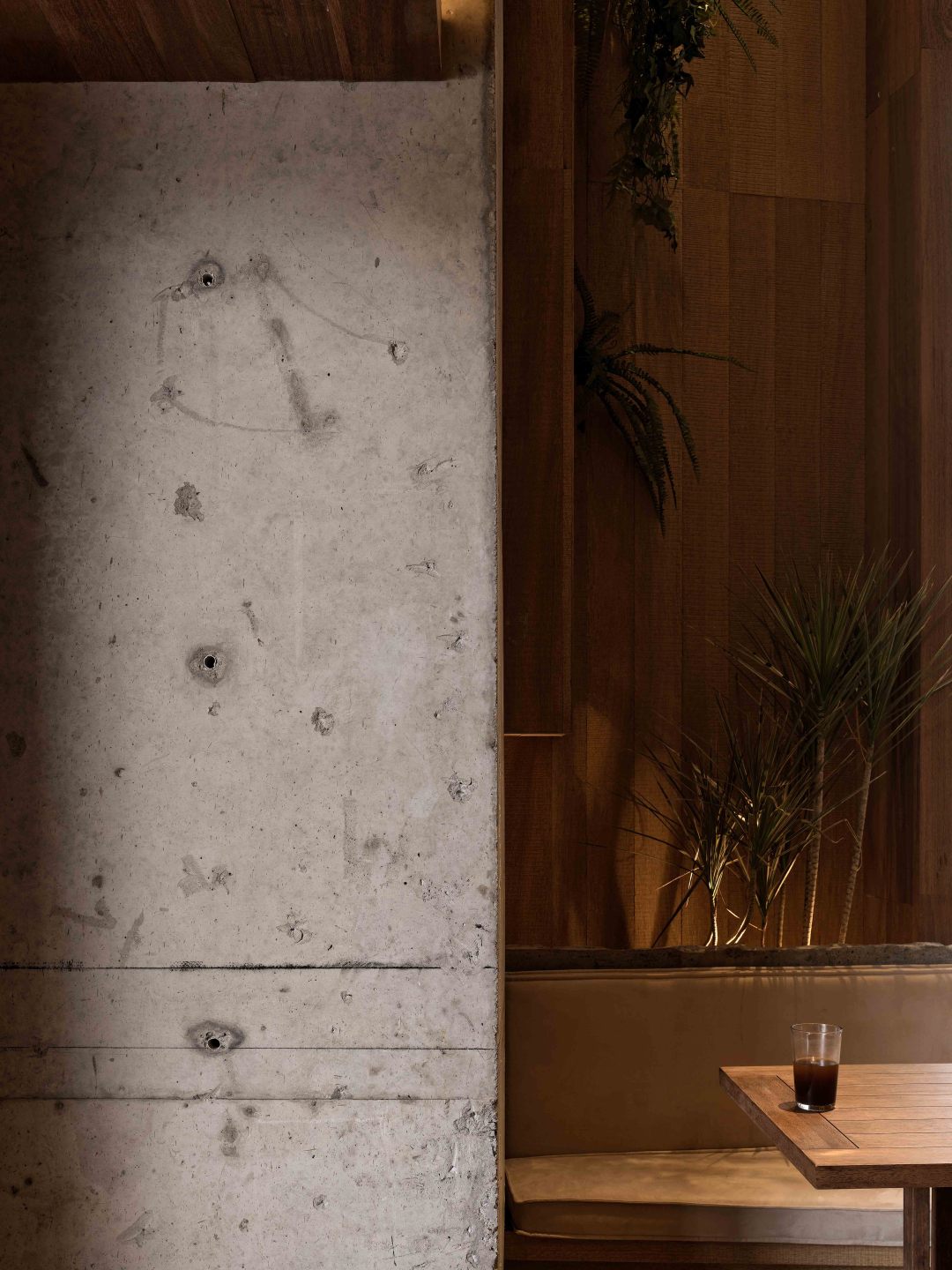
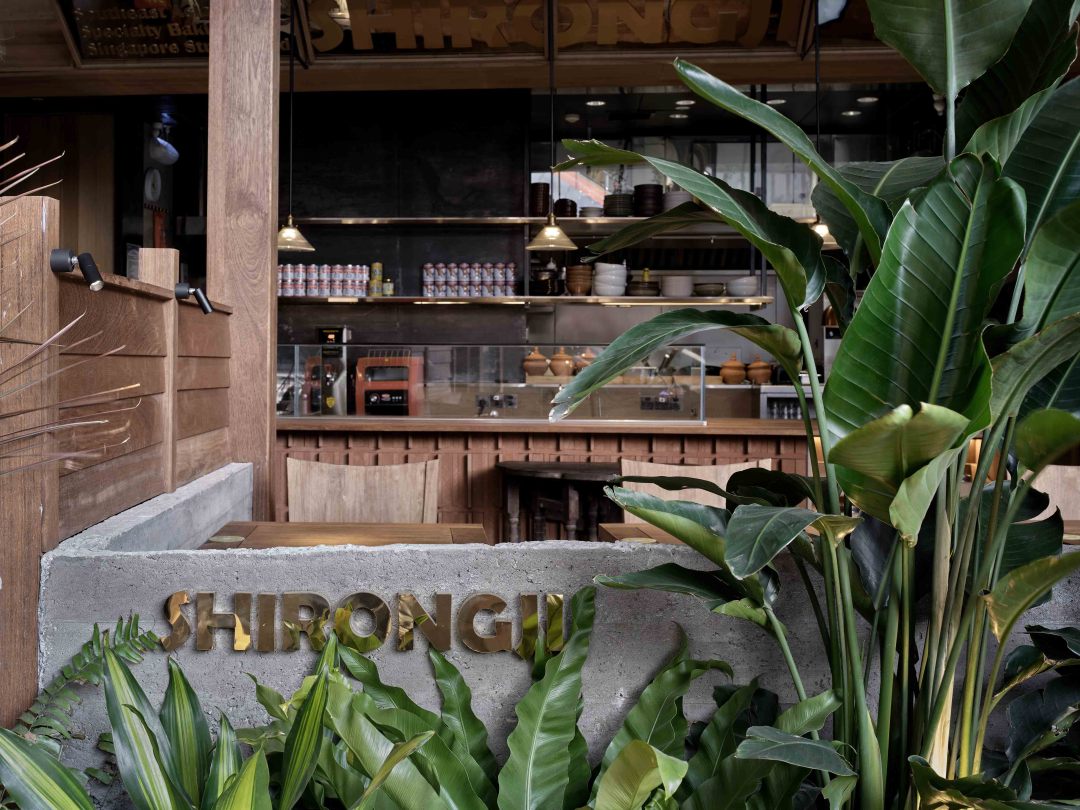
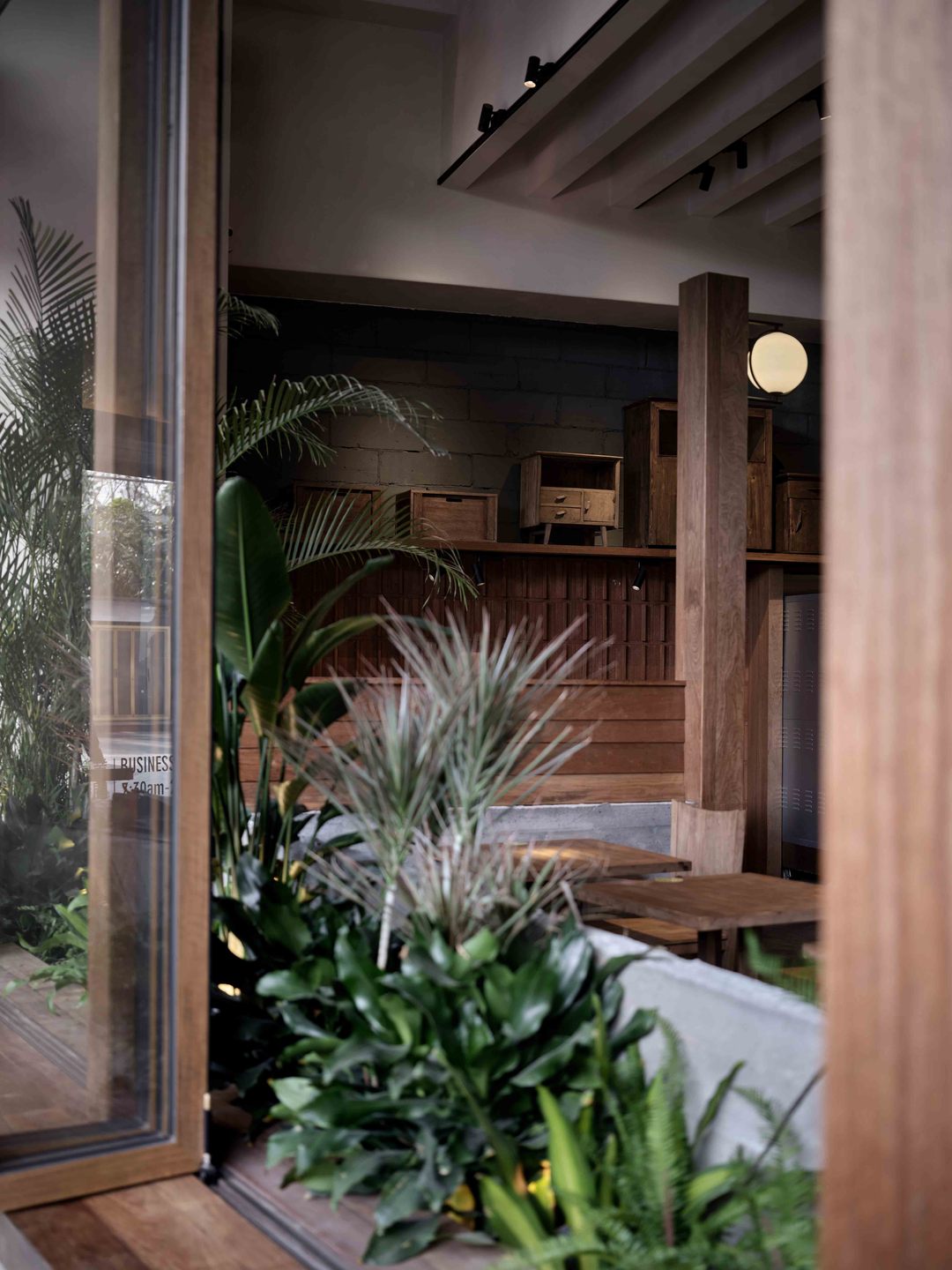
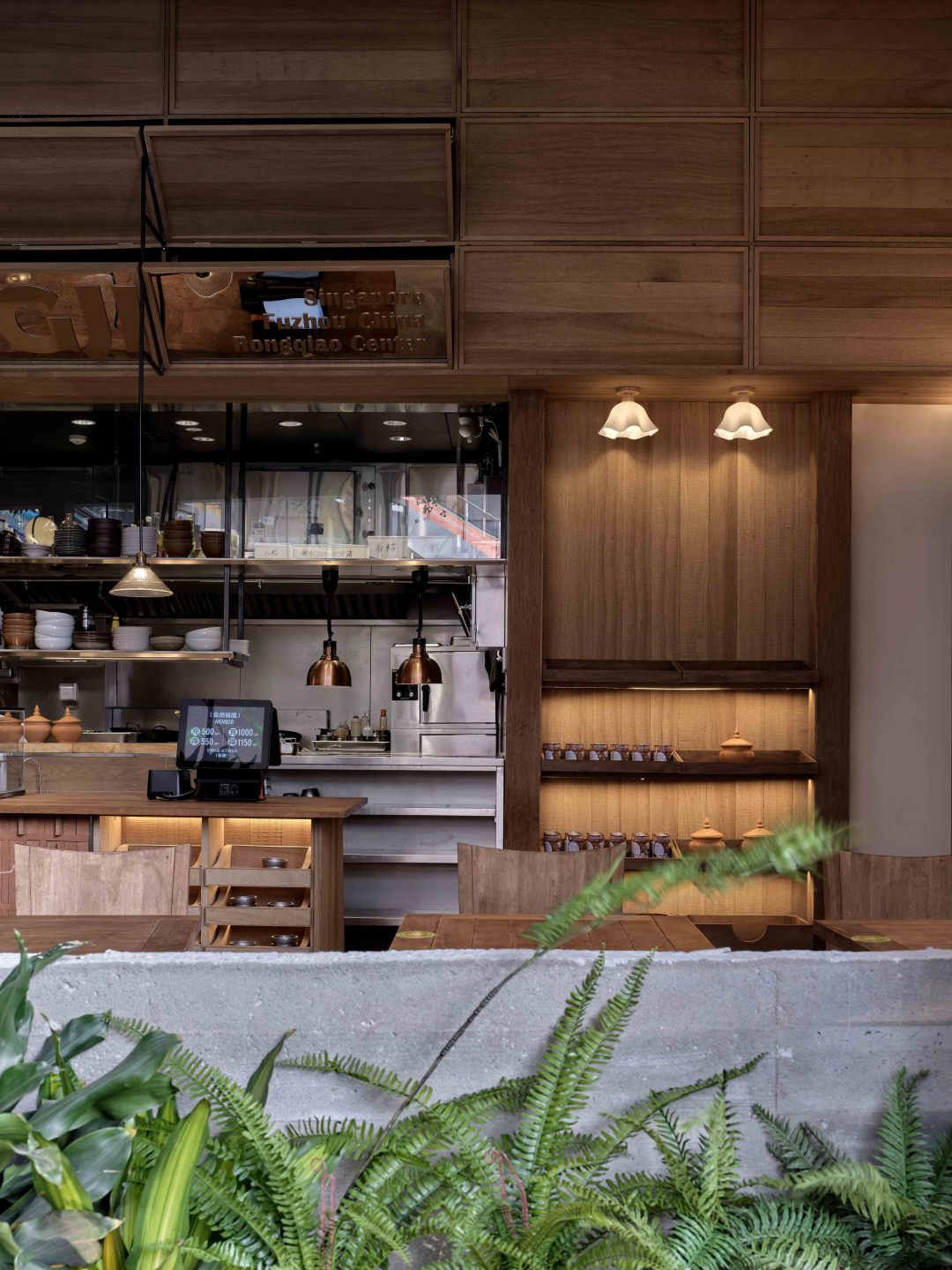
▼主入口外景
overview of enterance
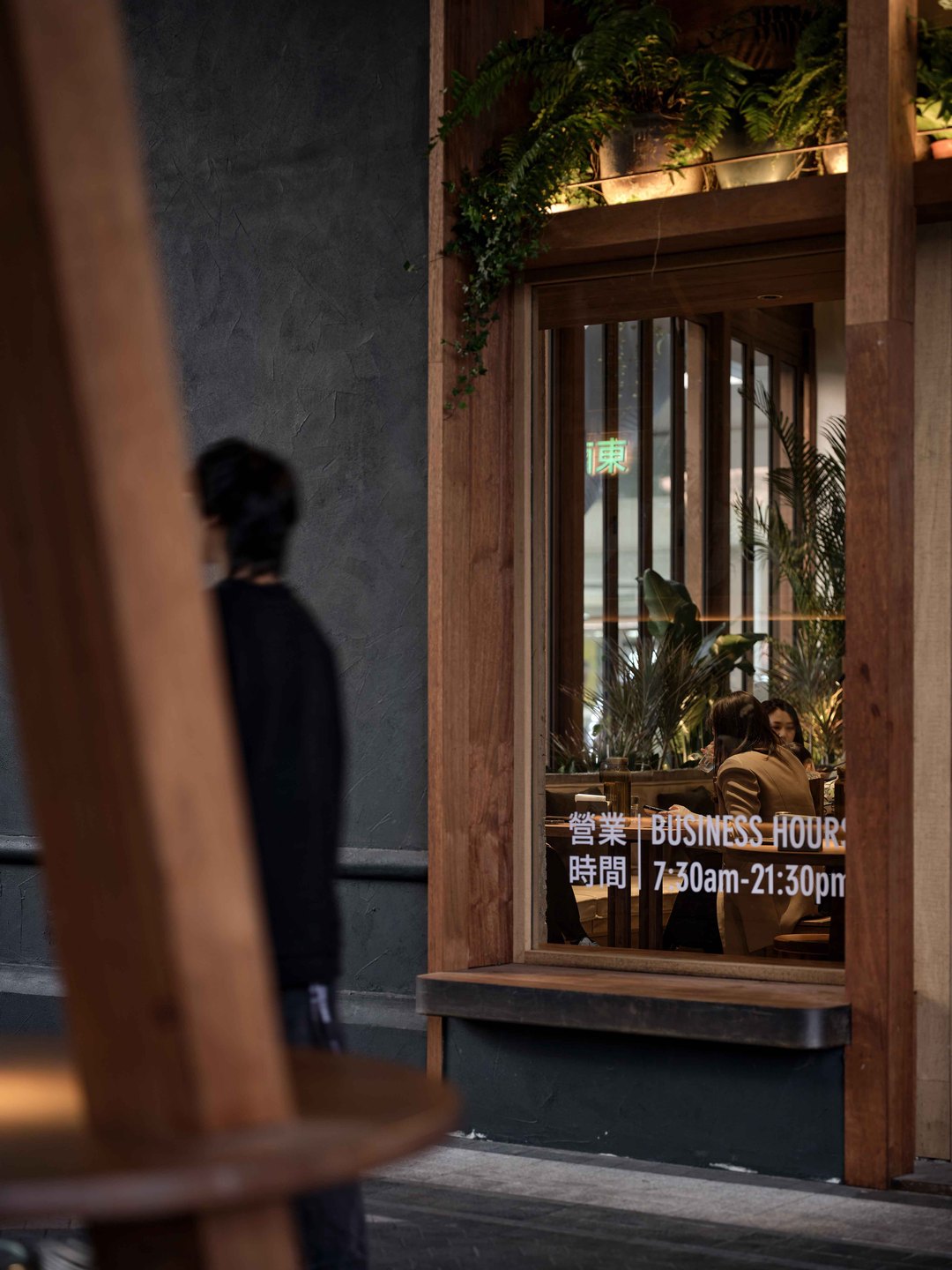
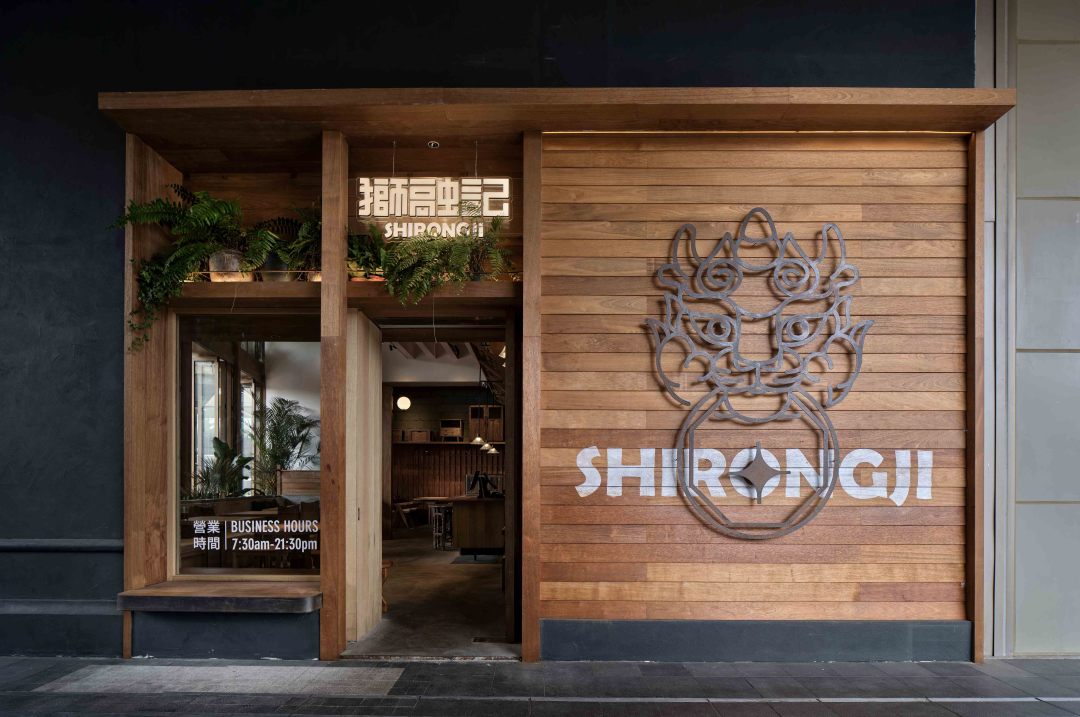
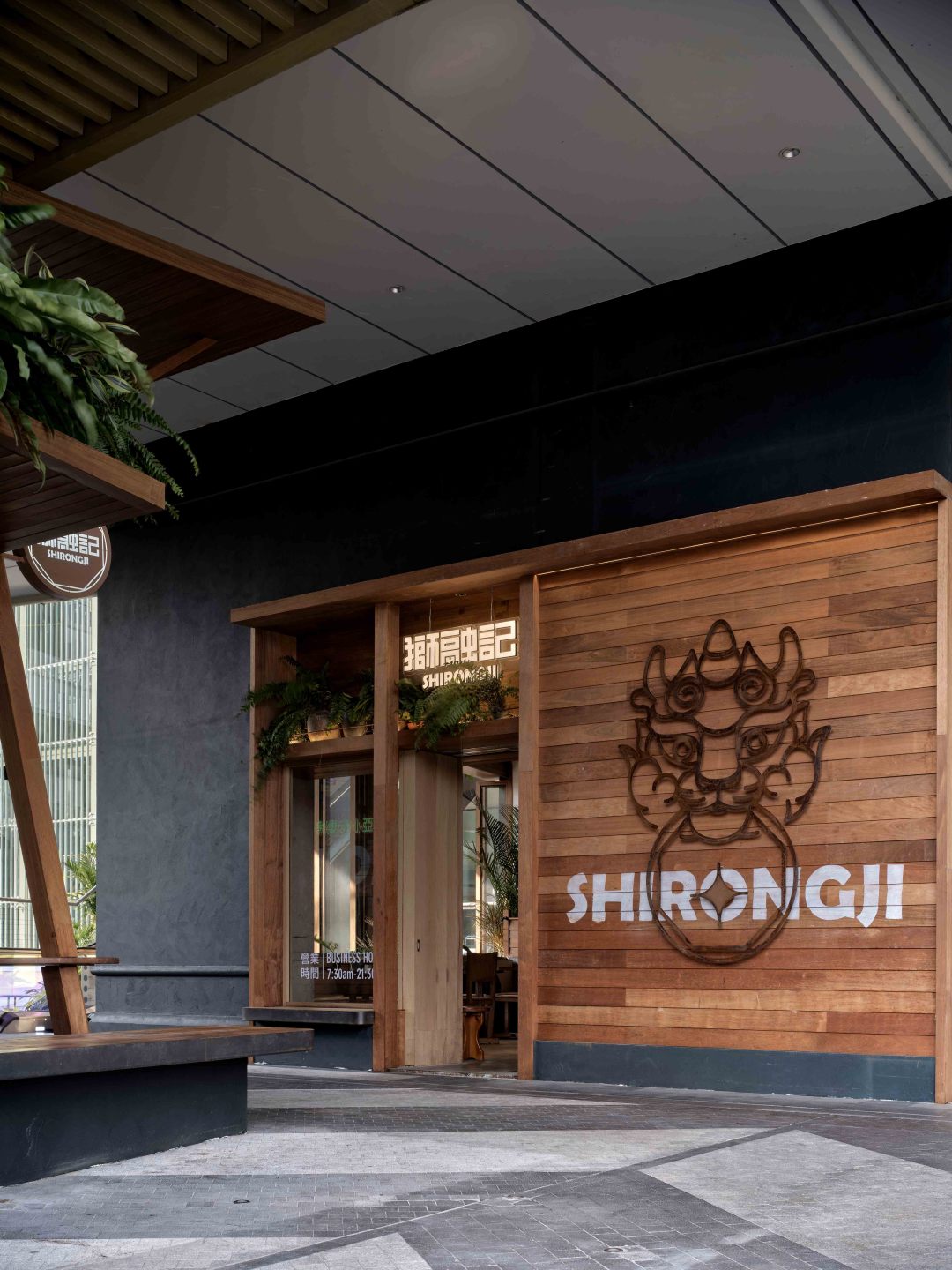
項目的特殊之處,在于室內(nèi)區(qū)域與戶外區(qū)域間隔著一條馬路。因此在設(shè)計中,如何建立一個自然且開放的動線,以及如何更好地增加兩個空間的聯(lián)動性是我們重點需要考量的部分。
What makes the project special is that the indoor area is separated from the outdoor area by a road. Therefore, in the design, how to establish a natural and open moving line, as well as how to better increase the interaction between the two Spaces are the key parts we need to consider.
▼平面圖
plan
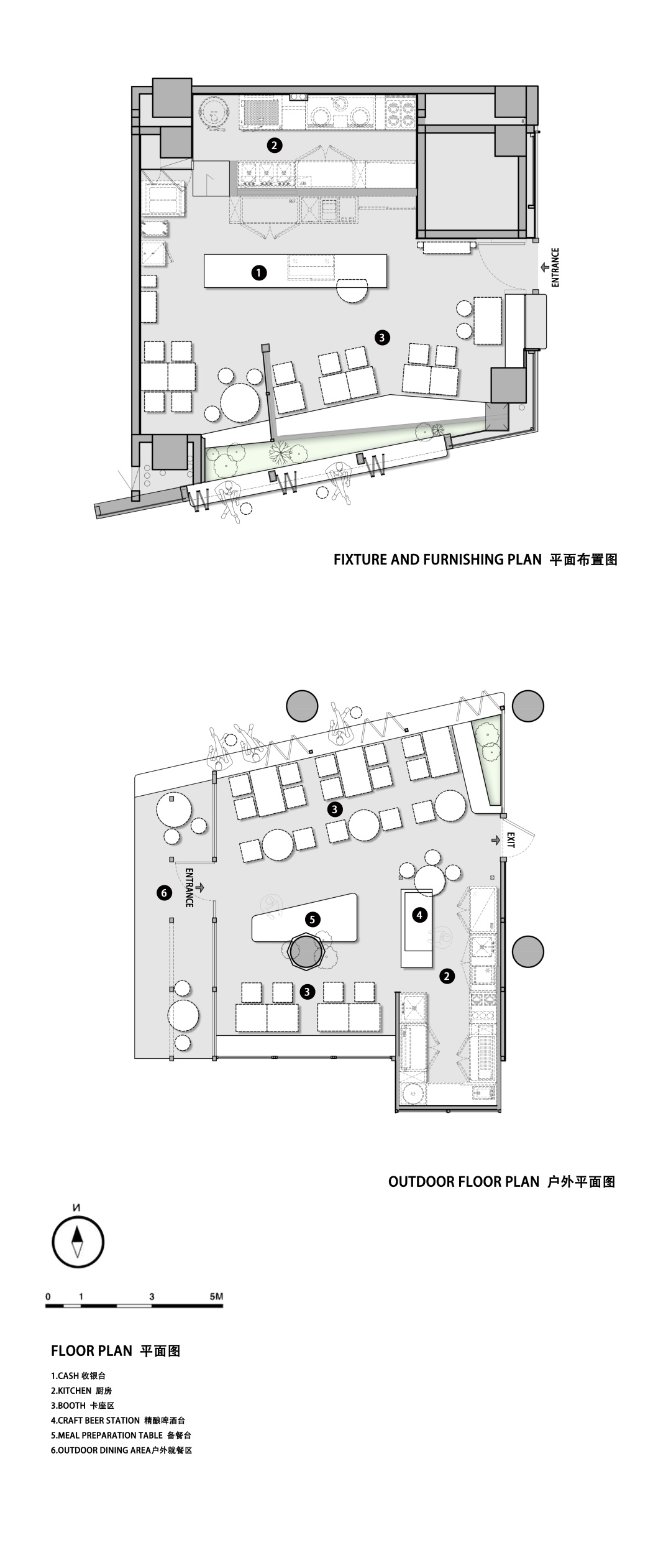
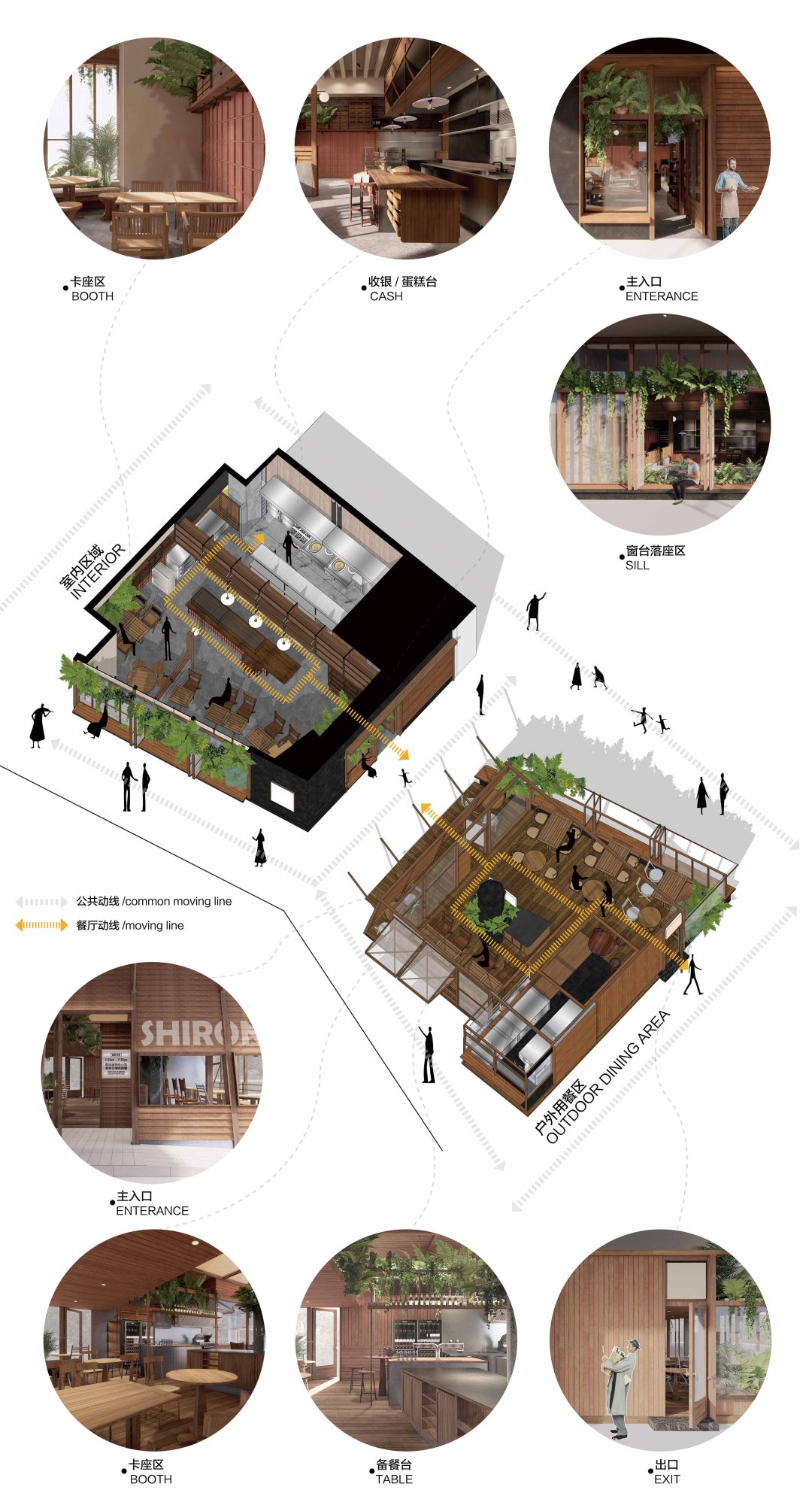
相對于室內(nèi)區(qū)域的半開放狀態(tài),在戶外區(qū)域的設(shè)計中,整個空間都是"打開"的,不以實質(zhì)性的墻體去區(qū)隔。通過相同材質(zhì)的運用和設(shè)計語言的引導(dǎo),兩個空間一緊一疏、一開一合,疊加不同的層次,將空間區(qū)域開來的同時,又增加了兩個空間之間的聯(lián)動性。
In contrast to the semi-open state of the interior area, in the design of the outdoor area, the whole space is "open", not separated by substantial walls. Through the use of the same material and the guidance of the design language, the two Spaces are tight, open and closed, superimposed with different levels. While the space is separated, the linkage between the two Spaces is increased.
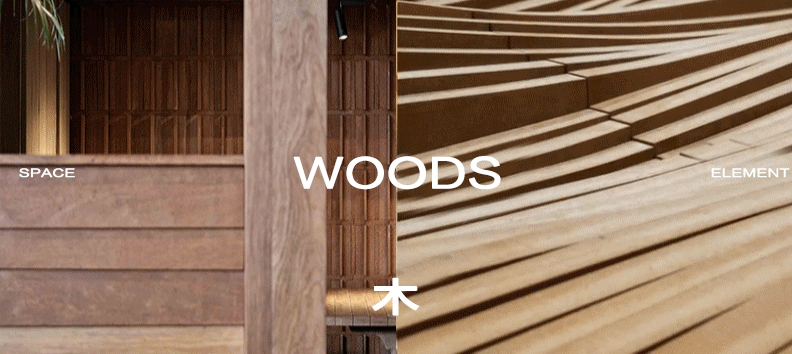
戶外區(qū)域以“森林木屋”為構(gòu)思,整體采用全木質(zhì)框架,東南亞建筑標(biāo)志性的木質(zhì)大斜頂,大面積的玻璃折疊窗、整個空間猶如一個半透明的木盒子,從鬧市中生長出來。從中冒出影影綽綽的綠植,盡顯泰式街頭氛圍的松弛感、休閑感。空間無界,內(nèi)外的延伸,將人的感知力無限延展,自由地行走在這城市森林木屋之中。
In contrast to the semi-open state of the interior area, in the design of the outdoor area, the whole space is "open", not separated by substantial walls. With a large area of folding glass Windows and a large wooden slanted roof, the whole space is like a translucent wooden box, from which a lot of green plants emerge, creating a sense of relaxation and leisure in the street atmosphere.
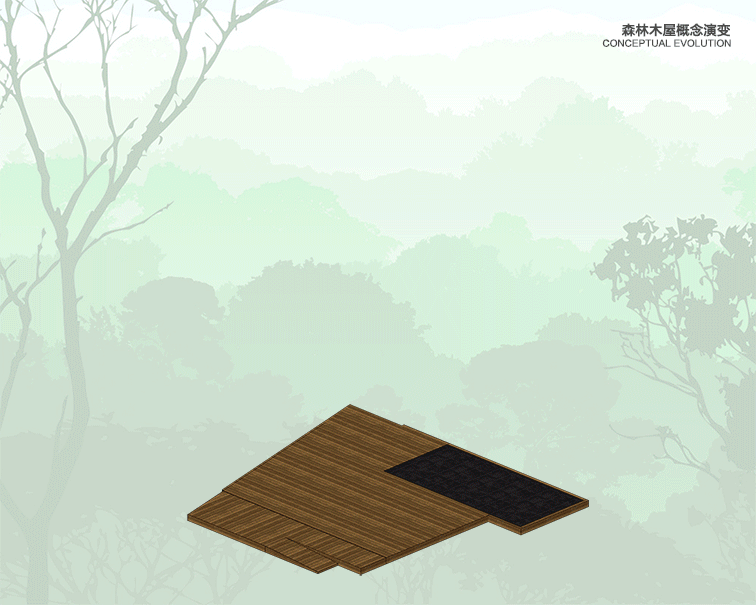
▼戶外用餐區(qū)域街景
overview of outdoor dining area
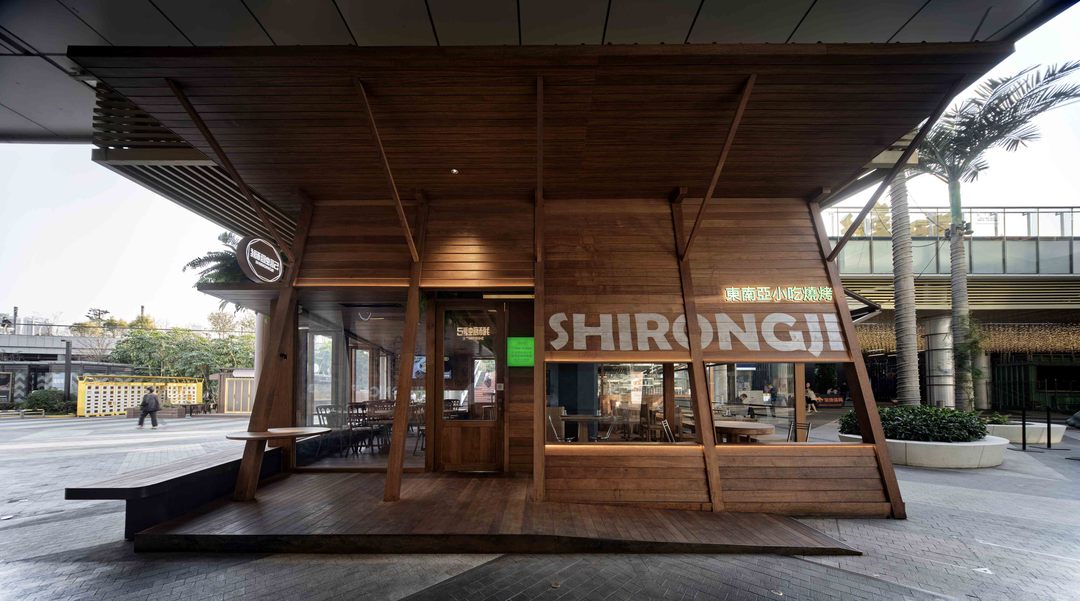
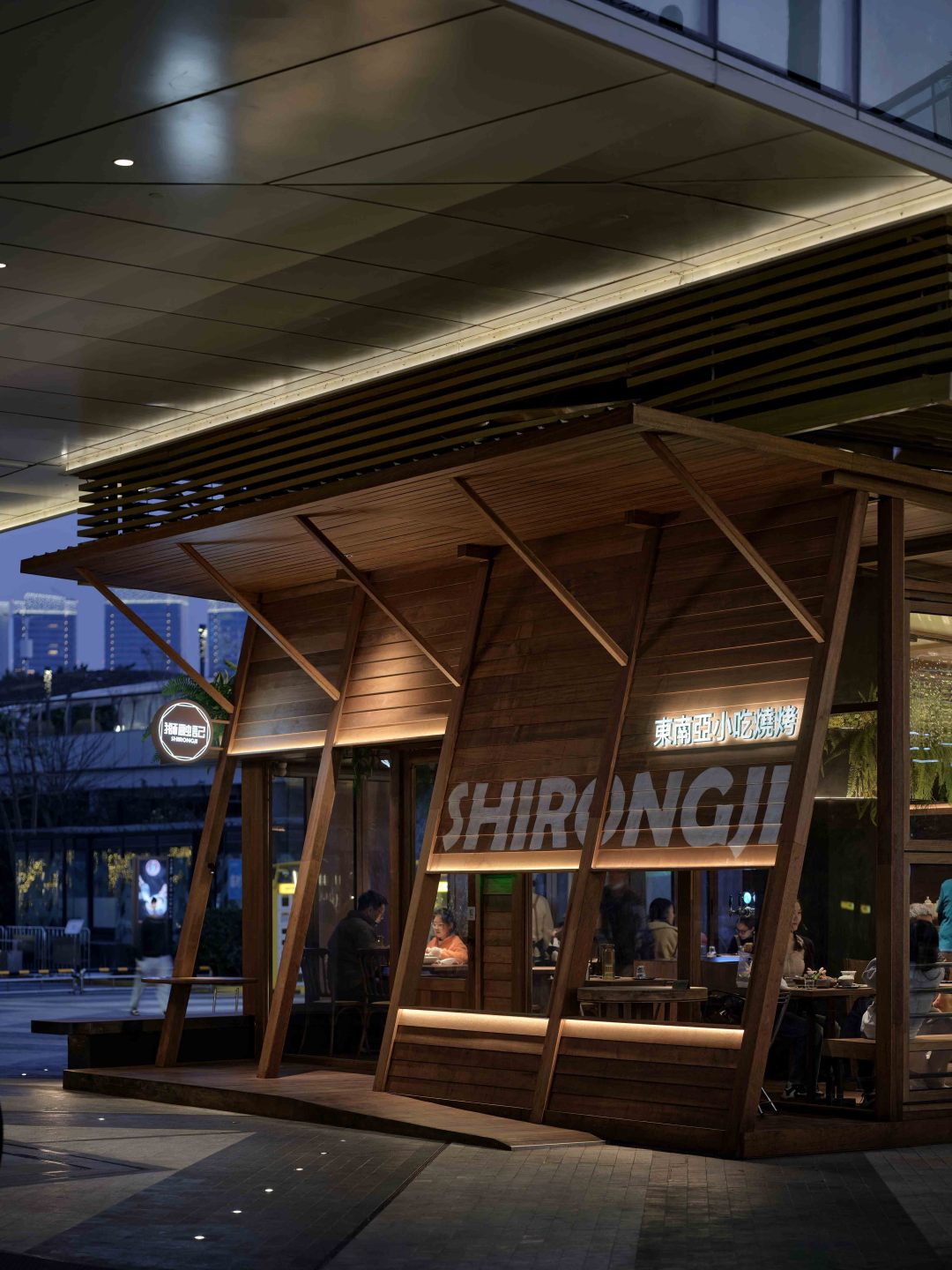
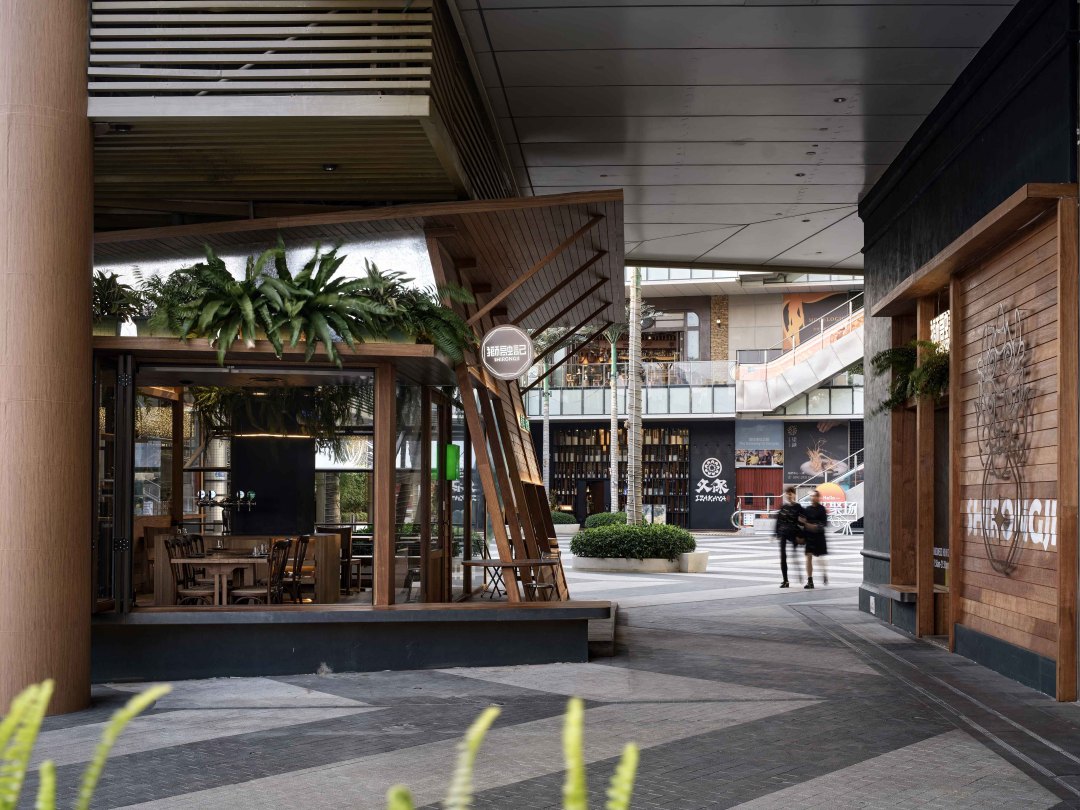
▼戶外用餐區(qū)
overview of outdoor dining area
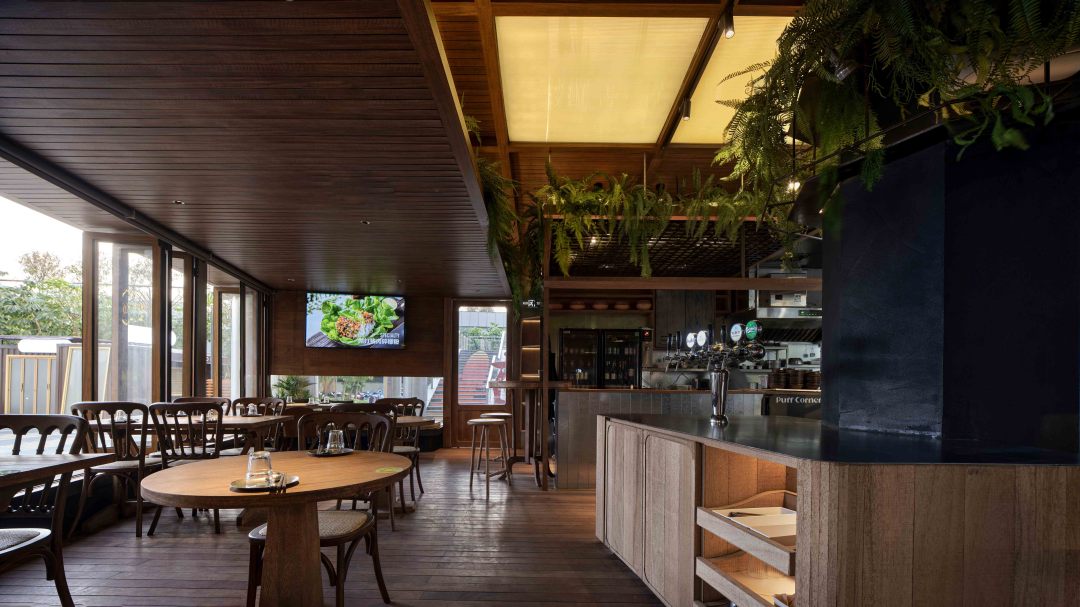
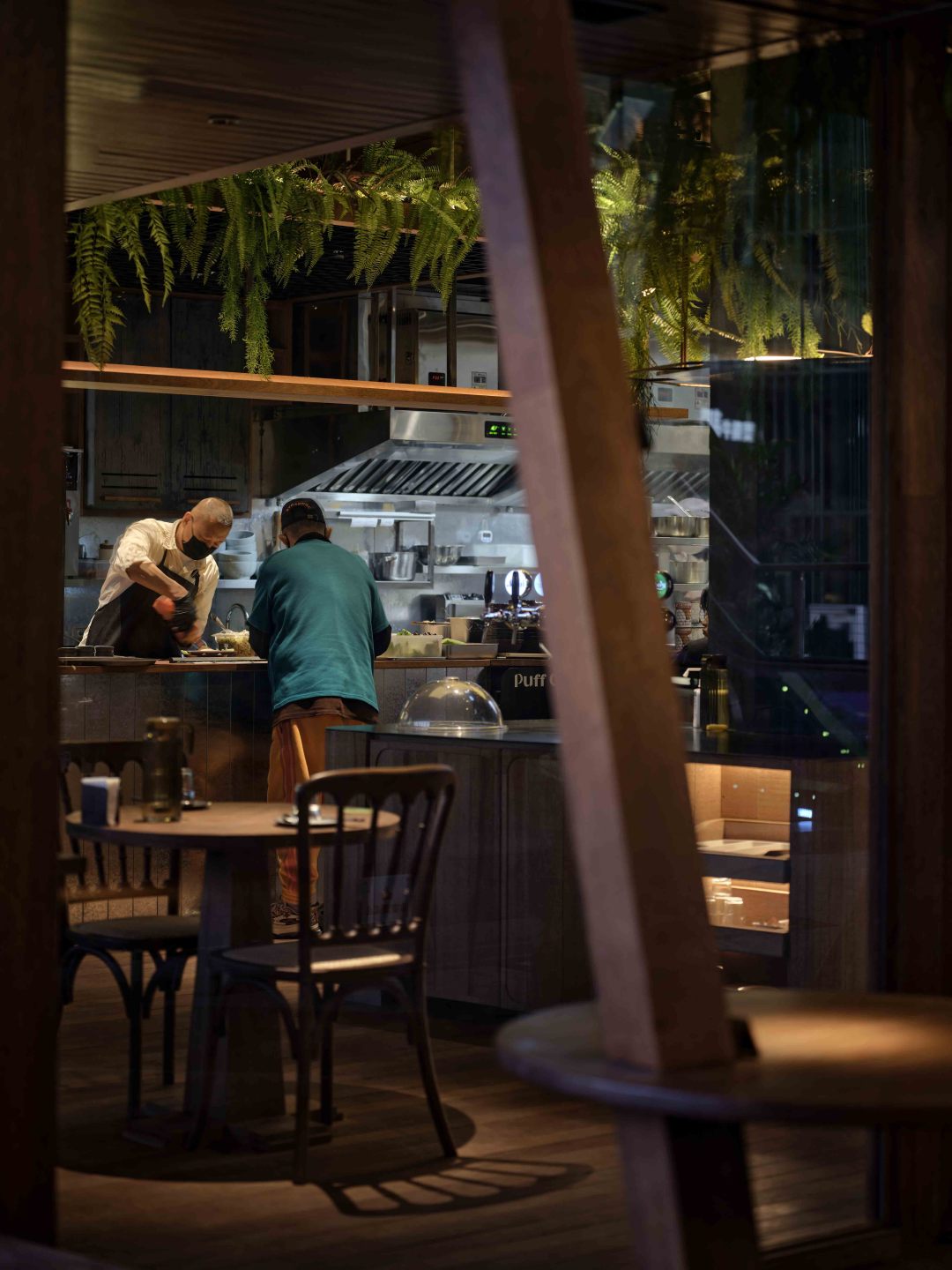
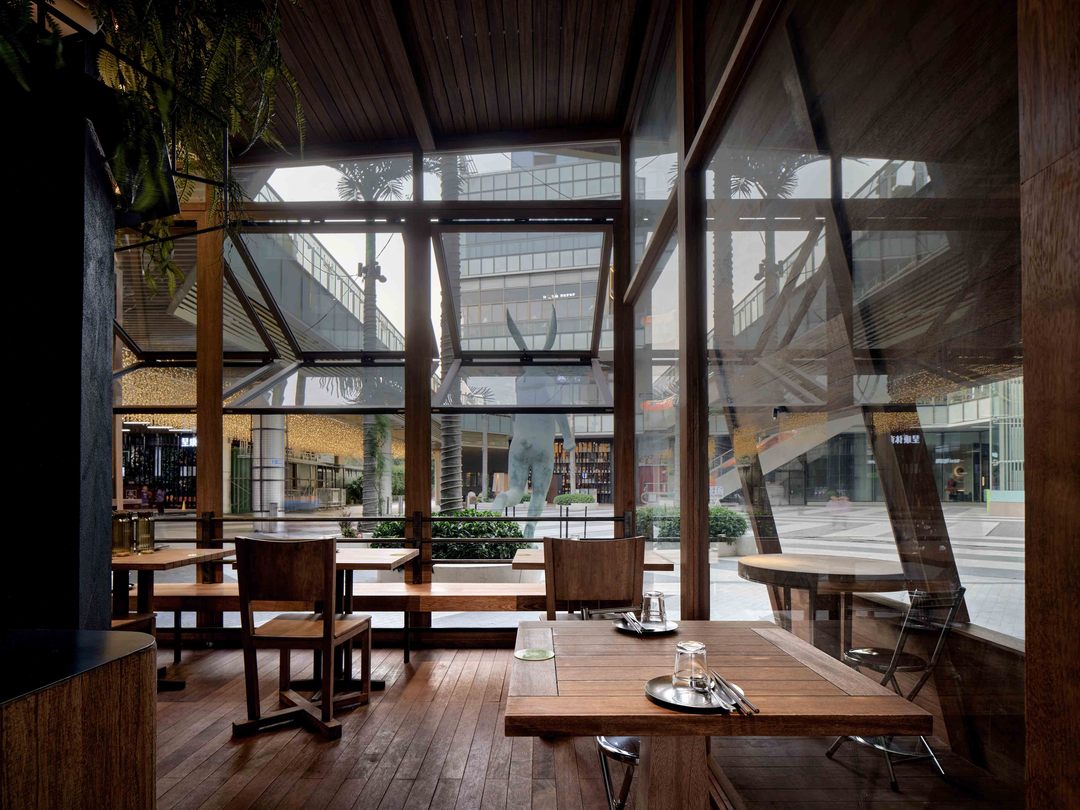
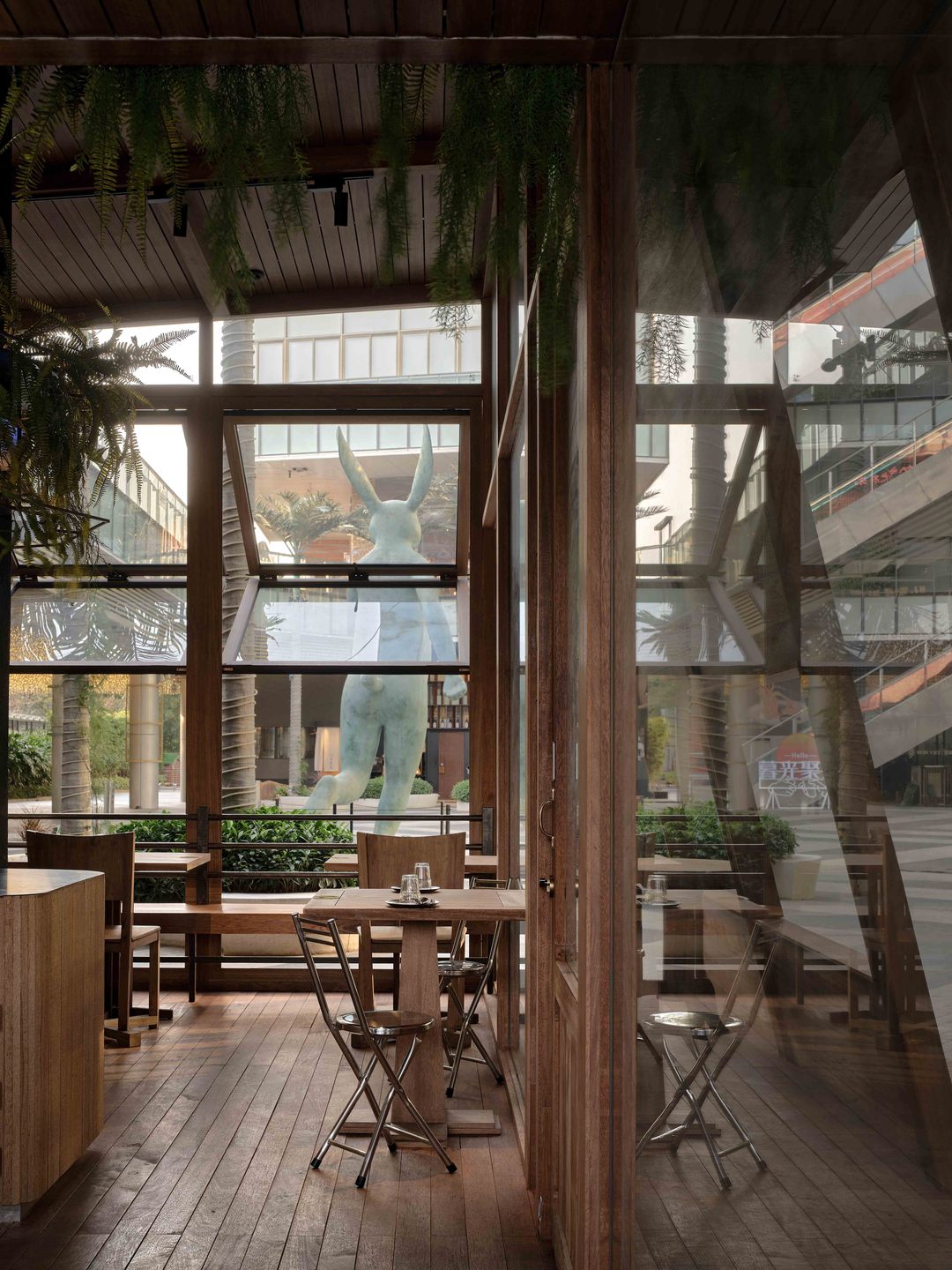
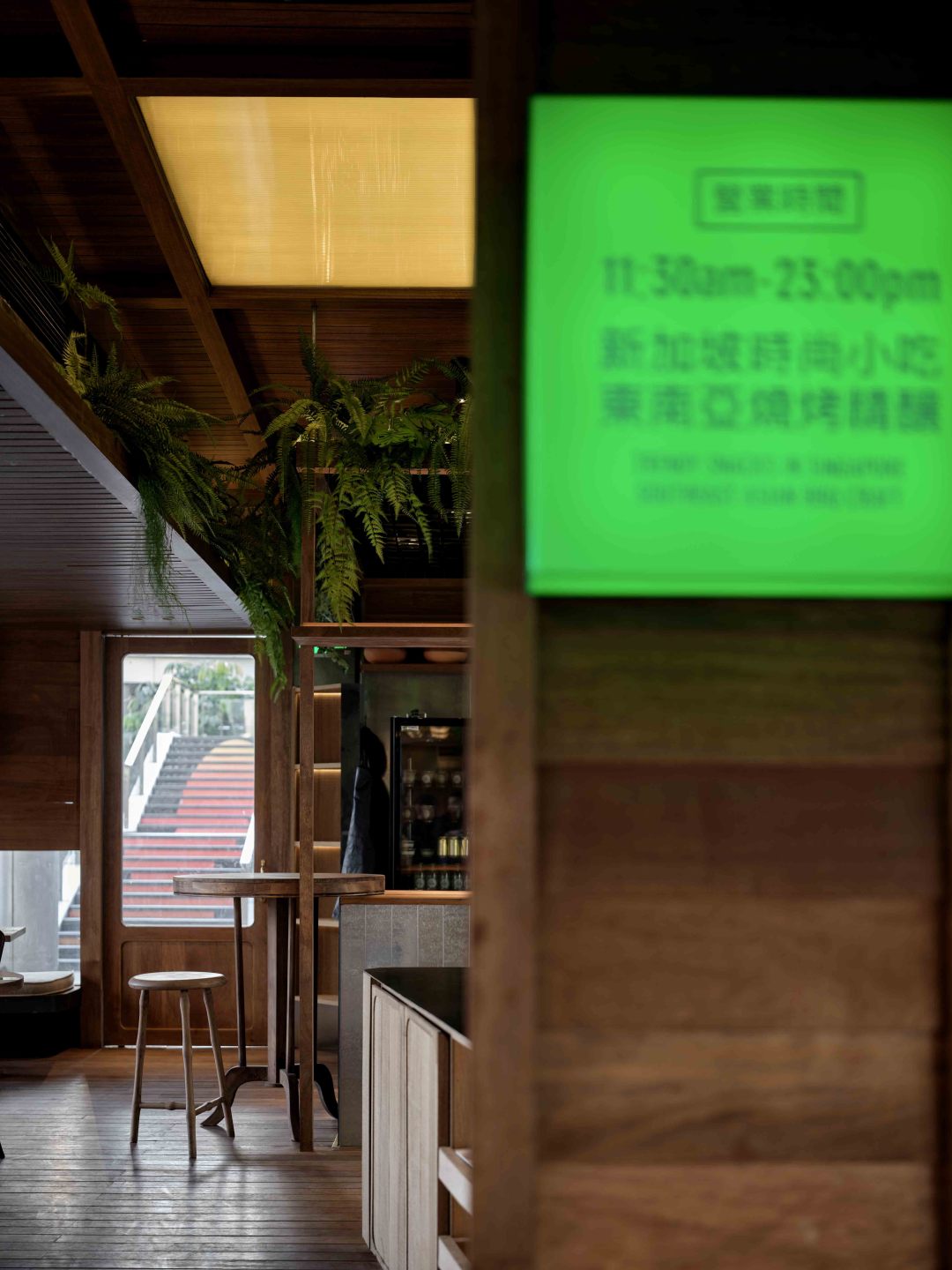
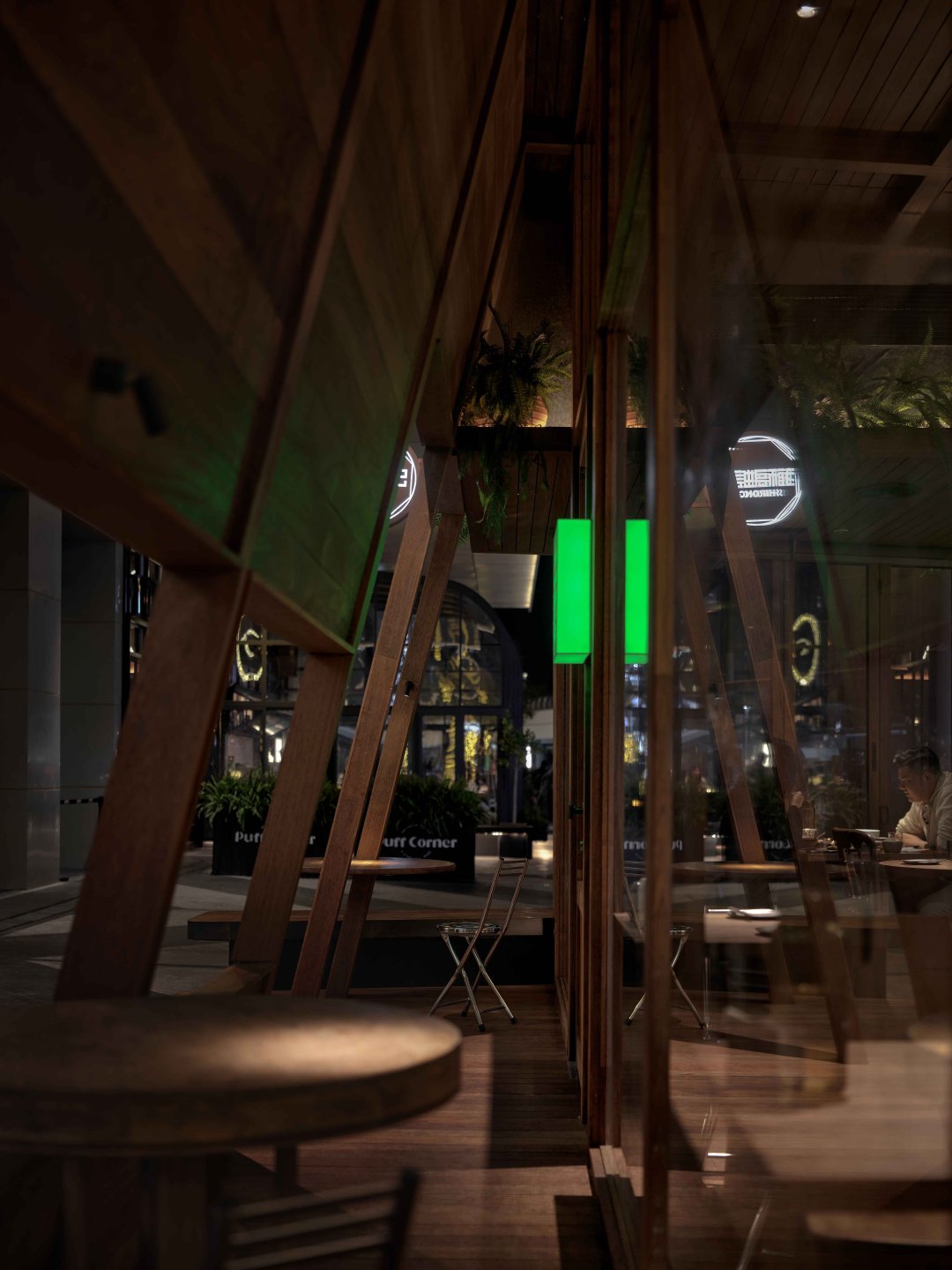
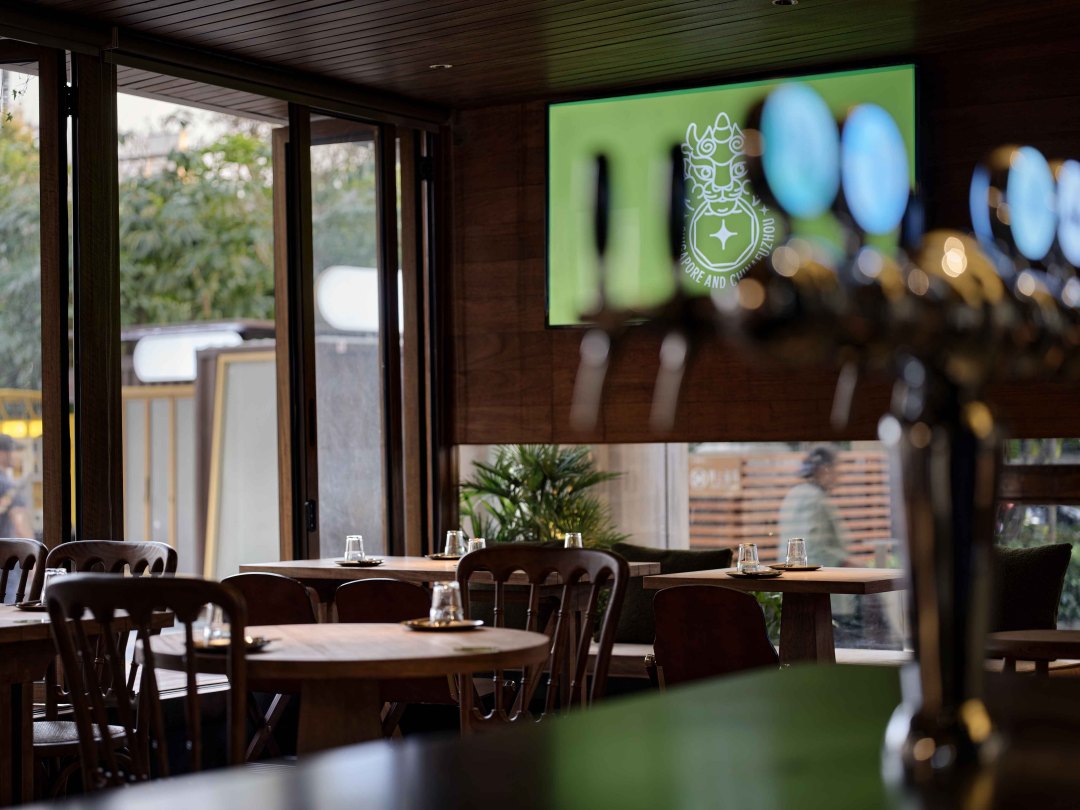
▼從戶外用餐區(qū)域看下室內(nèi)區(qū)域夜景
Night scene
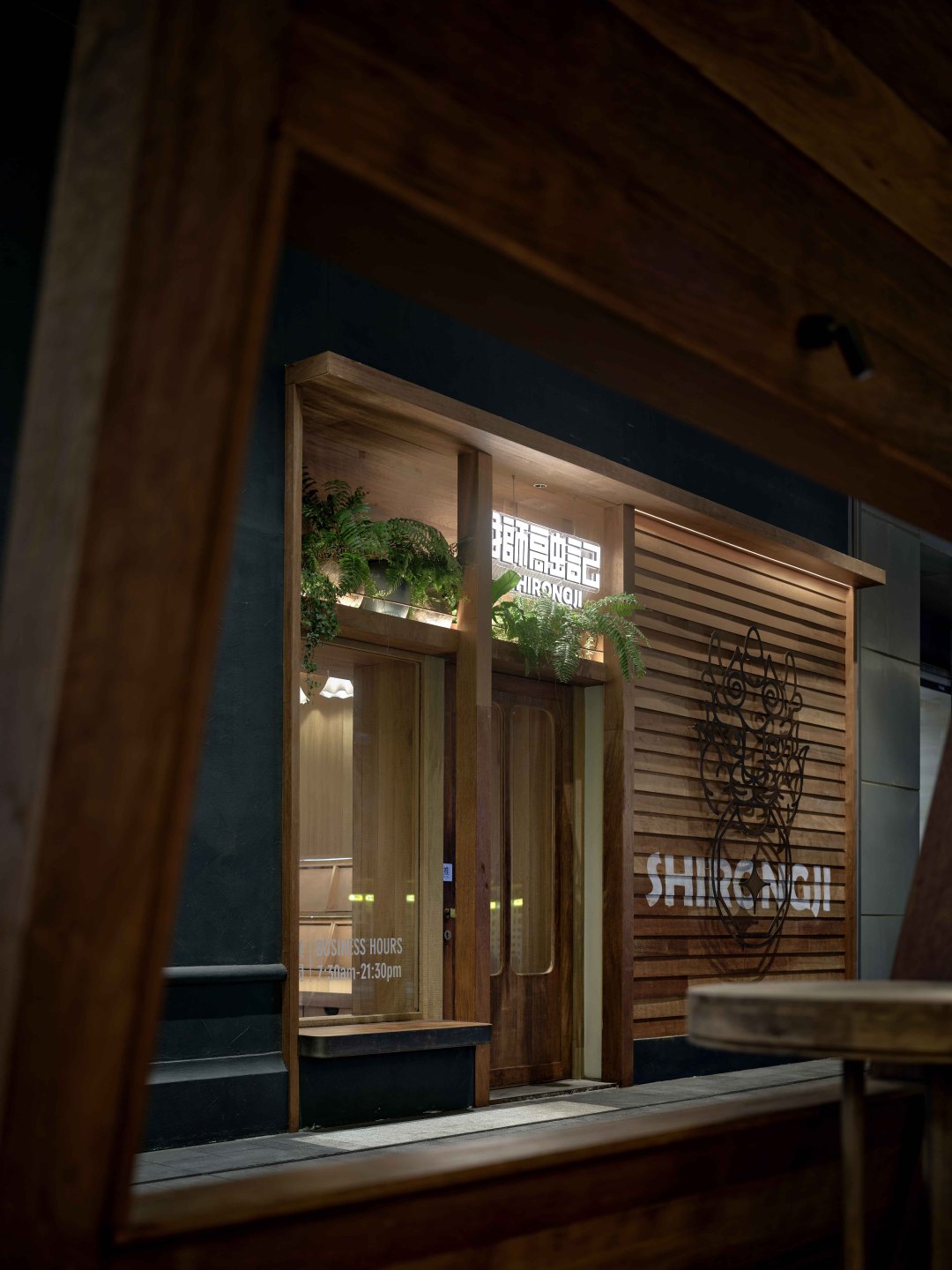
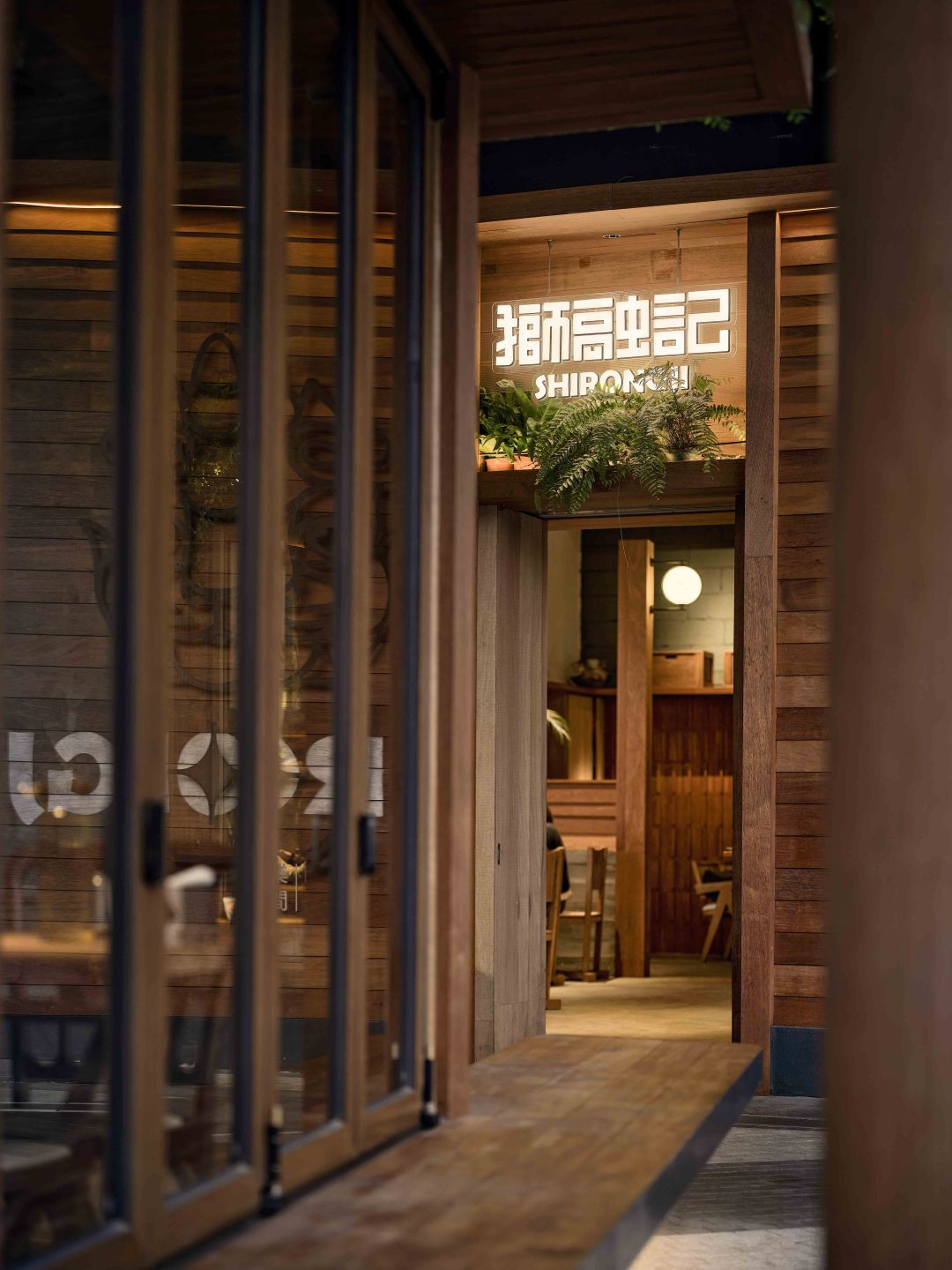
- - - - - - - - - - - - - - - - - - - -
